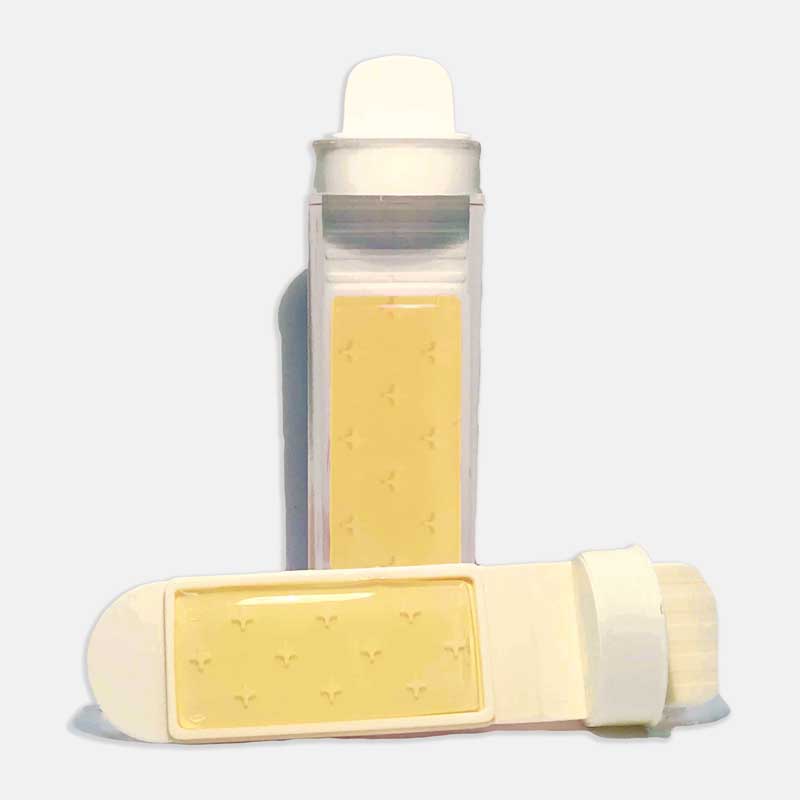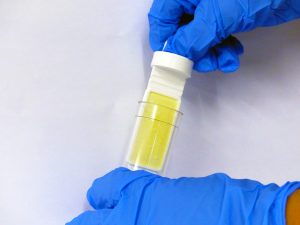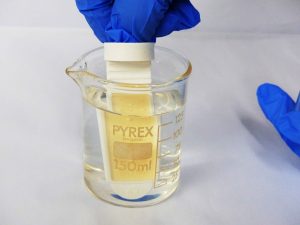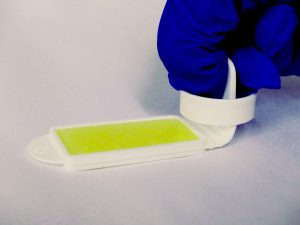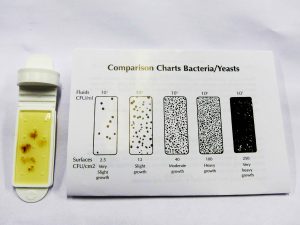BT2 Dipslides
BT2 Dipslides
BT2 Dipslides Product Description
Dual-sided TTC dipslide. Most colonies show up as red spots. The TTC/TTC Dip Tests are ideal for general use in a wide variety of areas.
About Hydro-X Store’s BT2 Dipslides
BT2 dipslides are a general-purpose dip test that shows the total number of bacteria in water systems and it also shows the count of yeasts and moulds. It displays the result on both sides of the dip test - this provides a 'double test' so you can be sure of the results you're seeing without too much concern for one side begin contaminated and giving misleading results. The BT2 dipslide is one of the most popular dip test we sell due to its general-purpose application. The Nutrient TTC agar is able to cultivate a wide variety of micro-organisms, making this dip test effective in many industries
.Important Note
All dips tests require a period of time in a specialist incubator. You can view our dipslide incubator range here. Please see the Datasheet section below for details of the incubation period required for these BTM2 dip tests.
Additional information
Inside each 10-pack dipslide box you will find a helpful leaflet. The leaflet includes:
- Product care and storage instructions
- Guidance on interpreting the results
- A visual guide (comparison chart) to help you interpret the results
- Instructions on how to safely dispose of your dip test once used
10 x adhesive labels are also included to help you keep track of each sample point (sample/date/time/ref/source)
Weight: (10 PK) 0.3 kg
Storage: Store in a cool and dry place (optimum 8-15 degrees C). Use it before the expiration date on the box. Do not use slides if there is any sign of growth before opening.
Please note a small amount of water may collect in the bottom of the tube, this is condensate from the agar and does not affect the performance of the dipslide agar.
Dipslide Comparison Chart
Which dipslides should you use? This is a common question asked when evaluating the most suitable dip slides for your testing purposes. Our handy chart below has been designed to provide a basic comparison of the top 5 selling dip slides, helping you to select the right one. If in doubt, you can of course call us on 01909 666 708
How to use our Dipslides
|
|
Using our dip slides is easy! No prior training or experience is required to be able to use the dipslides and read the results effectively. Each dip slide has an easy-grip handle and a flexible paddle for ease of use and for surface testing |
Testing Fluids
|
|
Remove the dip slide from its tube, and without touching the agar gel, immerse the gel part of the slide in the fluid to be tested for about 10 seconds, or hold the slide under running liquid, or spray so that both sides are covered. Allow excess fluid to drain for a few seconds. |
Testing Surfaces
|
|
Remove the dip slide from its transparent container. Do not touch the culture agar gel. Holding the slide by the tab (and the bottom of the slide if required), press one side of the agar against the surface under test, the ribbed neck above the agar will bend to allow full contact. |
Interpretation
|
|
After 48 hrs in the incubator, compare the dipslide to the chart provided in the box, reading the result from the closest matching image. |
Disposal
|
Used slides should be incinerated, autoclaved or soaked in disinfectant for several hours before disposal. |
Share
